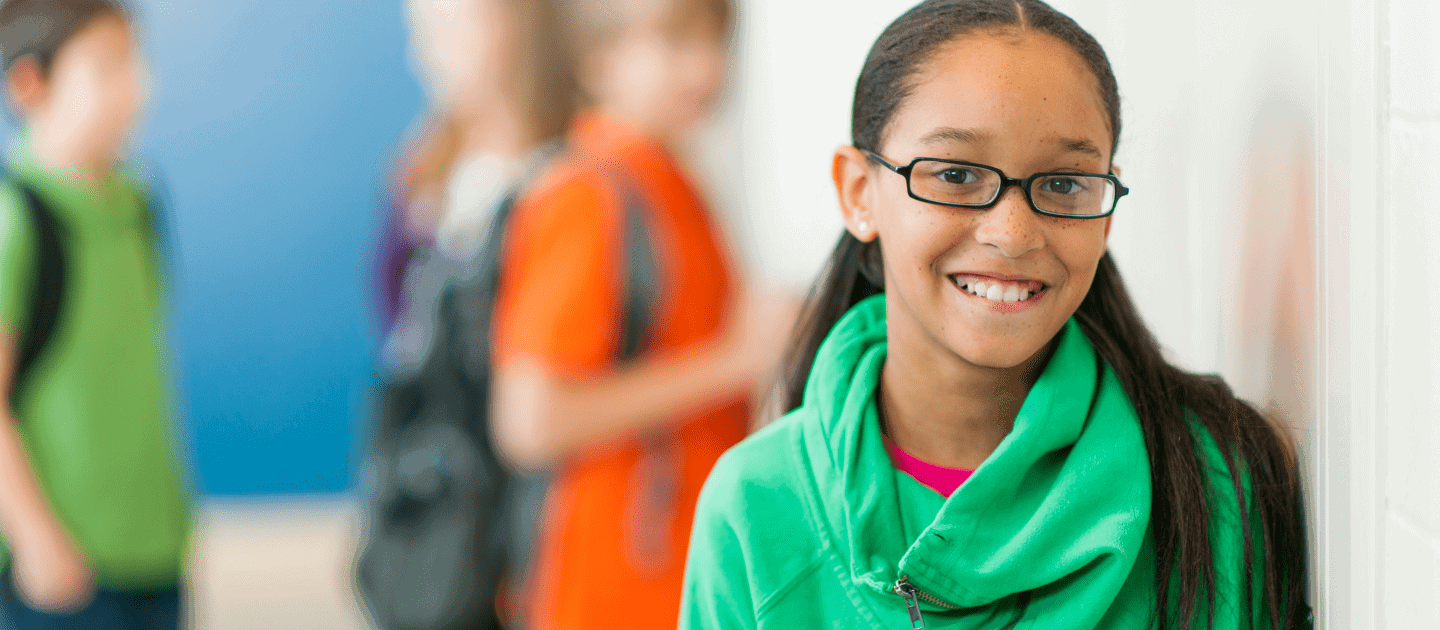
Promoting Inclusion and Equity in Education
Mueller illuminates key gaps in the present educational system that inhibits disability identity development.
25 Feb 2025
April 27, 2022

Key Takeaway: Mueller illuminates key gaps in the present educational system that inhibits disability identity development; educators, administrators, and school staff should collectively work to counteract the lack of curriculum representation, community, and disabled staff in effectively teaching and empowering learners with special needs.—Emmy Thamakaison
Carlyn O. Mueller (University of Wisconsin) shares her qualitative interview study exploring disability identity development and its relationship to educational experiences. Nine adults with special needs were asked to reflect on their schooling experiences through a semi-structured interview process.
Disability identity is defined as “a sense of self that includes one’s disability and feelings of connection to, or solidarity with, the disability community.”1 It is generally accepted that the development of one’s disability identity is heavily influenced by educational experiences during youthful years; more often than not, those with disabilities are “often positioned such that they are likely (and even encouraged) to reject identifying as disabled”2 during their schooling.
After the current study’s participants reflected upon their past educational experiences in relation to their disability identities, several unifying patterns emerged: firstly, all of the participants noticed a lack of disability representation in both special education and general education curriculum.
Furthermore, the participants recalled a lack of disability community during their education. Connection with fellow individuals with special needs, perceived role models, or simply a sense of membership were often “actively discouraged,” as one participant recalled, “I remember them telling me, ‘…don’t associate with those people [other students with intellectual disabilities]’… even though those people I relate with the most.”
Participants also unanimously agreed that there was a lack of school staff with open relationships with disabilities. Not only does this represent a missed opportunity for student empowerment through role-modelling, it also leads to educators being forced to “make their own assumptions, [which] produces really undesirable outcomes.” One participant states that “I would often get yelled at by some of my teachers when I was doing . . . normal autistic stuff, weird for neurotypicals,” and another recalls, “the special ed system didn’t really prepare me for adulthood in a lot of ways . . . it’s not built by people who understand what it’s really like.”
Ultimately, Mueller’s study illuminates gaps in the current general and special education system, in relation to students with disabilities. Through the words of individuals with special needs themselves, Mueller calls for a transformation of services and contexts that shape the disability identities of millions across the globe. Schools should make an active effort to “intentionally strengthen and name disability as an identity experience” so that future students look at the world and see a place for themselves in it.
Summarized Article:Mueller, C. O. (2021). “I Didn’t Know People With Disabilities Could Grow Up to Be Adults”: Disability History, Curriculum, and Identity in Special Education. Teacher Education and Special Education: The Journal of the Teacher Education Division of the Council for Exceptional Children, 44(3), 189–205. https://doi.org/10.1177/0888406421996069
Summary by: Emmy Thamakaison — Emmy is a recent high school graduate attending Stanford University and is an enthusiastic advocate of MARIO Framework.
Additional References:
Curious how MARIO Education can enhance your school’s advisory or learning support programs? Schedule a no-obligation demo with our team and discover how our innovative tools and 1-to-1 learning conversations can elevate student success and well-being in your school. Book your demo today!